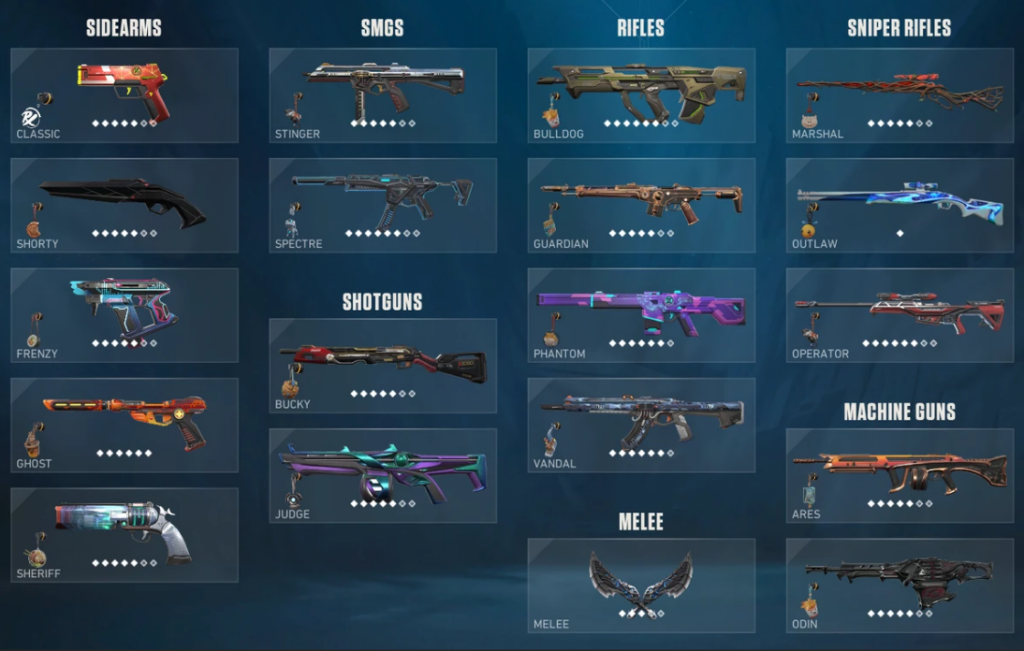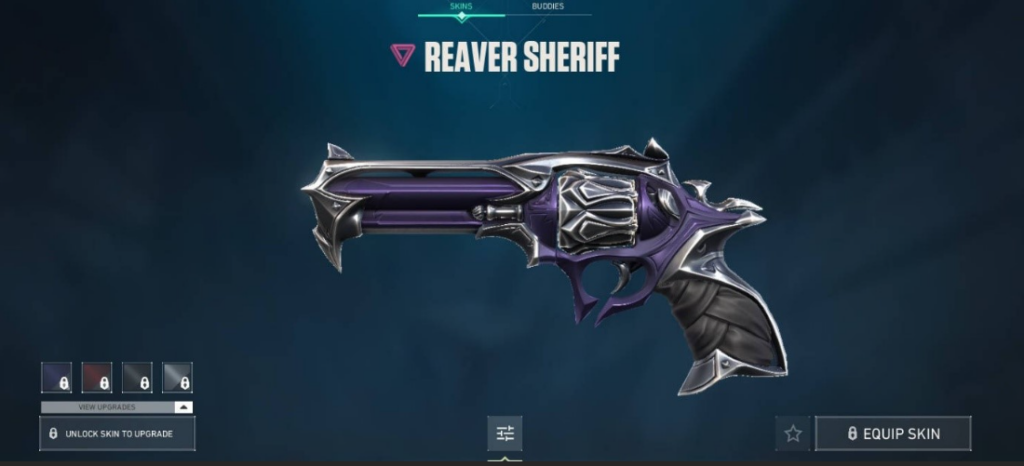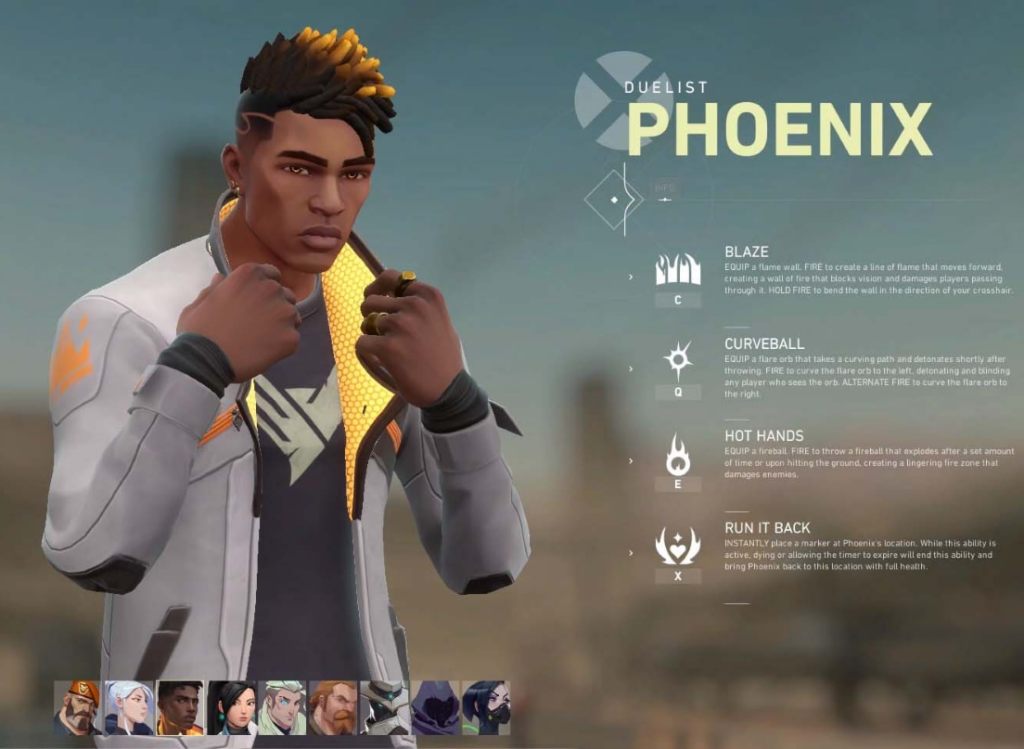Shooter games have built a massive global following as they immerse players in action-packed environments. Games like Call of Duty, Valorant, and Fortnite deliver adrenaline-filled experiences that are enhanced by an extensive array of customization options, weapon upgrades, and specialized game modes.
In the high-stakes world of shooter games, quality localization is as essential as a steady aim. This article dives into the unique challenges of localizing shooter games and explores how terminology management and cultural insight play essential roles in delivering an authentic experience.
Comprehensive Menus and In-Game Options: Translating Functionality
Shooter games feature comprehensive menus filled with options for players to personalize their experience. Choices might include the adjustment of weapon loadouts, character skill selection, and gameplay configuration settings. Localizers of these games, therefore, must be able to navigate intricate in-game texts that include system messages, achievements, game modes, and configuration options before they can ensure it all emerges clearly and concisely in the target language. Unsuccessful localization, like poorly interpreted menu options or muddled descriptions of skills or weapons, can lead to a frustrating disruption of the player’s experience.


In Valorant, where weapon skins, character abilities, and multiple game modes are integral to gameplay, each customization option or skill description requires precise localization, so players understand the full scope of the weapons available to them. A single misstep in localizing these elements can result in misleading players or breaking their immersion.
Managing Complex Terminology and Historical References
Shooter games often present a blend of fictional and historically inspired elements. Games like Call of Duty, for example, frequently feature military ranks, weaponry, and battle scenarios rooted in real events. To work effectively, localization teams must familiarize themselves with current and historical military terminology to ensure their translations reflect the intended context accurately. Similarly, fictional weapons and jargon must be translated consistently to fit seamlessly within the game’s world.

This necessity is evident in games that are known for their realistic depictions of warfare in which, for instance, a mistranslation of a weapon class or military rank could be distracting. In Call of Duty, for example, a historic rifle’s name or description might bear particular significance, and thus demand that translators approach each term with precision and respect for its original context in order to carry that significance forward for the target audience. Meanwhile, Fortnite, with its lighter, more playful tone, features weapon names that require a different type of adaptation—one that captures the original spirit of the game and maintains that creativity in the target language. Accurate terminology management in both of these instances enhances the authenticity of the gaming experience and reinforces the game’s narrative and visual design.
A similar dynamic is true for Valorant, in which character abilities and weapon names are central to gameplay. A solid terminology management system, therefore, helps localizers keep track of specific terms across languages. For example, a character’s unique skill, such as Phoenix’s “Curveball” flashbang, requires a localized name that is memorable, descriptive, and reflects the skill’s purpose. The proper use of terminology management tools enables localizers to maintain continuity across translations, and help players understand each skill and weapon without ambiguity.

Adapting System Messages, Warnings, and Cultural Sensitivity
Shooter games often contain system messages and warnings, particularly in online multiplayer modes. These messages inform players of updates, rank changes, or restrictions and must be communicated in ways that avoid misinterpretation, especially when they relate to player conduct or in-game purchases. Additionally, certain terms or symbols might need cultural adaptation, especially when depicting military imagery or referencing actual historical events.
In Call of Duty, for example, visual elements or phrases with strong military connotations may require careful handling, depending on the target market’s history or cultural sensitivities. (Longtime expert localizer Kate Edwards provides some great context on this specific type of gaming translation in her interview with Multilingual.)
Culturally sensitive localization isn’t just about words; it’s also about understanding imagery and tone to create an experience that feels seamless, engaging, and is appropriately resonant with players from diverse backgrounds.
The Takeaway
The localization of shooter games presents a unique blend of challenges, from adapting comprehensive menus to managing complex terminology and cultural sensitivities. As the genre continues to evolve, so does the need for rigorous terminology management, cultural insight, and a commitment to precise translation. By addressing these aspects with care, localization teams can help ensure that players around the world experience the thrill of their favorite shooter games, just as the developers intended.



